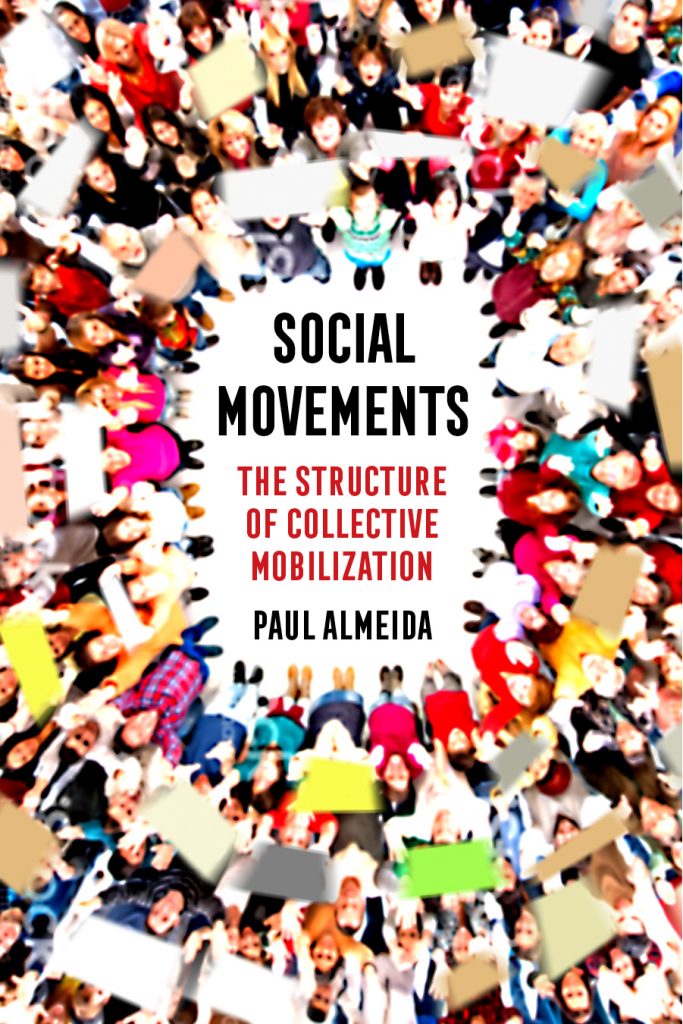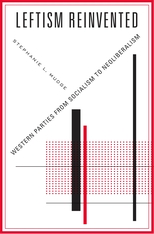
Social Movements: The Structure of Collective Mobilization


In the spotlight is Leftism Reinvented Western Parties from Socialism to Neoliberalism by Stephanie Mudge. Keep reading for three insightful reviews on her 2018 book by Thomas Janoski, Gabriel Chouhy Algorta, and Jeff Stilley. 
Is it the Left or the Right that We Should be Focused On or Both? Review of Stephanie Mudge’s Leftism Reinvented
by Thomas Janoski, University of Kentucky
Two major books and a third have come out in the area of comparative political sociology in the last two years. Stephanie Mudge’s Leftism Reinvented: Western Political Parties from Socialism to Neoliberalism (2018, Harvard University Press) and Daniel Ziblatt’s Conservative Parties and the Birth of Democracy (2017, Cambridge University Press) followed by Sten Levity and Daniel Ziblatt’s How Democracies Die (2018, Crown Publishing of Penguin).[1] Mudge follows social democratic, labor and democratic (US) parties in three periods: socialism (1900 to 1929 but centered on 1920), Keynesian revolution (1930 to 1974 but centered on 1960), and ‘left’ neoliberalism (1975 to 2005 centered around 1995).
She examines these three periods, focusing on economic policy shifts in four countries: the US, the UK, Germany, and Sweden. She focuses on party experts and how they have become economized in the middle period, and then share power with professional campaign experts in the third period. Her main conclusion is that we should pay attention to party experts because they articulate policy downward upon the rest of the party and the public in general. But the sub-text to the book is that left parties are the key to greater democracy and reducing endemic inequality in a capitalist economy. And a sub-sub-text is that Bill and Hillary Clinton sold out the left to neoliberalism.
Daniel Ziblatt examines the role of conservative parties in two of the same countries: the UK and Germany. Conservative parties have a major problem in that they represent rich people who are few, and in a mass party system how in the world are they going to keep their massive amounts of money when the non-rich and poor seemingly have little or no reason to vote for their candidates? Using the method of difference, he shows that conservative parties in the UK were able to extend their reach into the middle and working classes by building institutions that interested these two classes, and then pushed their message on non-income related issues like the empire and the Irish question. One of the main vehicles for doing this was the Primrose Society that operated a combination of fairs and political indoctrination in the Victorian period. German conservative parties mainly represented by the Deutschenationale Volkspartie (DNVP) stayed focused on elites and carried a very small constituency. Ziblatt’s major point is that moderate conservative parties are entirely necessary to protect democracy from the far right like the Nazi Party in Germany. Levity and Ziblatt follow this with How Democracies Die, which is a more popular book implementing their principles and also applying them to Donald Trump. One criticism of Ziblatt’s thesis would be why he did not focus on the Center Party during Weimar which was a larger conservative (or maybe center) party during the Weimar Republic.
Merriman, Ben. 2019. Conservative : How States are Challenging Federal Power. Chicago: University of Chicago Press.
 Conservative Innovators describes how conservative state-level officeholders, including governors, attorneys general, and secretaries of state, mounted a major challenge to the Obama Administration and federal power more generally. The opportunity for this challenge to federal power arose from the conjunction of several processes: marked growth in executive power at both the national and state level; shifts in administrative law doctrine friendly to state litigation; and high party polarization that yielded regularly divided national government but single party dominance of state governments. Conservative executive officials cooperated across states in litigation and through various administrative practices; they also adopted a notably uncooperative, conflictual stance in their relations with the Obama Administration. Through chapters examining multistate litigation, new uses of interstate compacts, and new elections administration practices, this book shows that state executive officeholders have used an innovative combination of means to successfully pursue a familiar set of conservative policy goals. A chapter on the small government experiment in Kansas shows that this activity is not a crudely anti-government stance, but rather a particular program of reform grounded in a sophisticated understanding of law and modern administrative institutions. The concluding chapter shows that the domestic agenda of the Trump Administration is substantially a continuation of this earlier state-level activity, and that liberal state officeholders have been quick to emulate new conservative strategies. The likely result is a rearranged, conflictual American federalism in which the states are more important and powerful than they have been since the Progressive Era.
Conservative Innovators describes how conservative state-level officeholders, including governors, attorneys general, and secretaries of state, mounted a major challenge to the Obama Administration and federal power more generally. The opportunity for this challenge to federal power arose from the conjunction of several processes: marked growth in executive power at both the national and state level; shifts in administrative law doctrine friendly to state litigation; and high party polarization that yielded regularly divided national government but single party dominance of state governments. Conservative executive officials cooperated across states in litigation and through various administrative practices; they also adopted a notably uncooperative, conflictual stance in their relations with the Obama Administration. Through chapters examining multistate litigation, new uses of interstate compacts, and new elections administration practices, this book shows that state executive officeholders have used an innovative combination of means to successfully pursue a familiar set of conservative policy goals. A chapter on the small government experiment in Kansas shows that this activity is not a crudely anti-government stance, but rather a particular program of reform grounded in a sophisticated understanding of law and modern administrative institutions. The concluding chapter shows that the domestic agenda of the Trump Administration is substantially a continuation of this earlier state-level activity, and that liberal state officeholders have been quick to emulate new conservative strategies. The likely result is a rearranged, conflictual American federalism in which the states are more important and powerful than they have been since the Progressive Era.